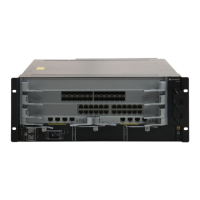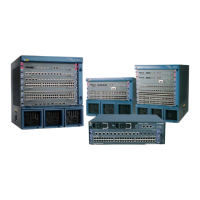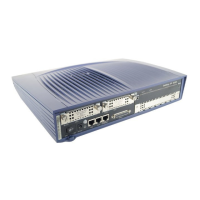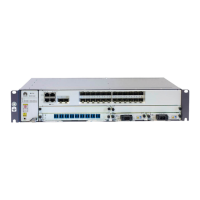located. The path where the secondary edge interface is located is idle, which leads to a waste
of bandwidth.
To solve the problem of bandwidth waste and to implement traffic load balancing, Huawei
develops SEP multi-instance.
Figure 10-15 Networking diagram for configuring SEP multi-instance on a closed ring network
A
g
g
r
e
g
a
t
i
o
n
A
c
c
e
s
s
GE1/0/2
GE1/0/2
Network
LSW2 LSW3
LSW4
SEP Segment2
GE1/0/1
GE1/0/1
G
E
1
/
0
/
2
GE1/0/1
G
E
1
/
0
/
2
G
E
1
/
0
/
3
G
E
1
/
0
/
3
GE1/0/3
GE1/0/1
Block Port
Primary Edge Node
Secondary Edge Node
GE1/0/3
GE1/0/1
GE1/0/1
P1P2
Instance1:
VLAN
100~300
Instance2:
VLAN
301~500
CE1 CE2
SEP Segment1
As shown in Figure 10-15, a ring network comprising Layer 2 switches LSW1 to LSW5 is
connected to the network. SEP runs at the aggregation layer. SEP multi-instance is configured
on LSW1 to LSW4. This allows two SEP segments to solve the problem of bandwidth waste,
implement load balancing, and provide link backup.
Quidway S7700 Smart Routing Switch
Configuration Guide - Ethernet 10 SEP Configuration
Issue 01 (2011-07-15) Huawei Proprietary and Confidential
Copyright © Huawei Technologies Co., Ltd.
562

